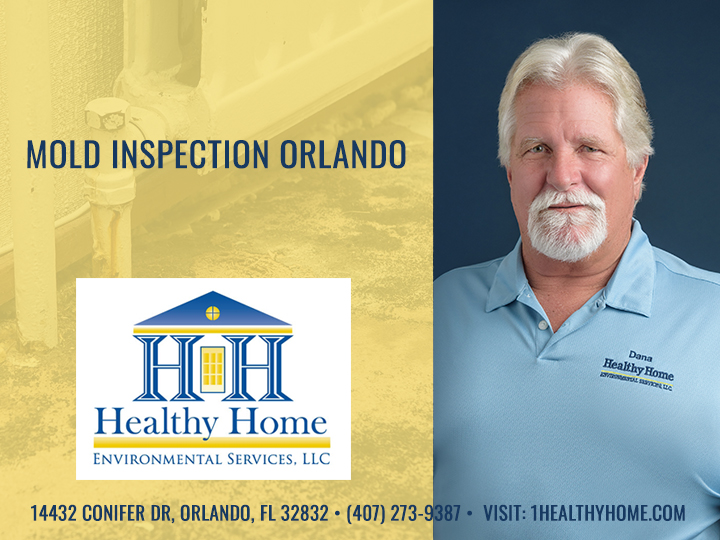The Duty of Mycotoxin testing Services in Food and Feed Security
Why Mycotoxin Testing Providers Are Essential for Protecting Public Health
The value of mycotoxin screening solutions in securing public health can not be overemphasized. Mycotoxins, toxic substances produced by fungi, posture major health and wellness threats such as liver damages and cancer cells when existing in food and feed. By recognizing and mitigating these risks with regular screening, we can avoid infected items from reaching consumers. This not only makes sure conformity with rigorous governing standards but likewise strengthens consumer confidence and maintains the stability of the farming industry. Recognizing the systems and advantages of these testing solutions opens an important conversation regarding their function in public health security.
Recognizing Mycotoxins
Recognizing mycotoxins is critical for making certain food safety and securing public wellness. Mycotoxins are hazardous substances generated by particular types of fungi, typically discovered in food and feed crops.
The presence of mycotoxins in foods items can endanger their safety and top quality. They are immune to conventional food handling methods, therefore persisting in the food supply chain and presenting potential risks. Governing bodies worldwide, such as the Food and Farming Organization (FAO) and the Globe Wellness Company (WHO), have actually set rigorous restrictions on acceptable levels of mycotoxins in food to reduce their negative effects.
Efficient mycotoxin management includes thorough tracking and screening to spot and measure their degrees in agricultural items. This proactive method helps in determining infected batches early, thus stopping their introduction into the marketplace. Carrying out rigid mycotoxin controls is crucial for keeping food security criteria and protecting consumer health.
Health Risks of Mycotoxins

Direct exposure to mycotoxins poses substantial health threats to both pets and people, requiring vigilant monitoring and control steps. In humans, mycotoxins such as ochratoxins, fumonisins, and aflatoxins can create a range of negative results, consisting of liver damage, kidney toxicity, immune suppression, and even carcinogenic results.

Provided these severe health and wellness consequences, it is critical to carry out robust mycotoxin screening procedures. Exact detection and metrology of mycotoxins in food and feed are important to reduce health dangers and ensure animal and public safety and security.
Typical Sources of Contamination

Along with grains, nuts such as peanuts, almonds, and pistachios are extremely vulnerable to mycotoxin contamination. Aflatoxins, a powerful form of mycotoxin, are frequently found in these nuts, specifically when storage space problems are suboptimal. Dried fruits, including raisins, figs, and apricots, also present abundant grounds for fungal growth as a result of their high sugar content and moisture-retaining residential or commercial properties.
Moreover, contamination is not limited to raw agricultural products. Refined foods, pet feeds, and dairy products can additionally contain mycotoxins if the preliminary active ingredients were contaminated. This prolongs the threat of exposure throughout the food supply chain, requiring stringent tracking and control measures.
Recognizing the typical resources of mycotoxin contamination is vital for implementing reliable preventative strategies. Reducing these dangers at the resource can considerably reduce the incidence of mycotoxin-related wellness concerns, guarding public health.
Evaluating Protocols and methods
Efficient mycotoxin management hinges on the precision and dependability of testing approaches and methods. Advanced logical methods are used to detect and quantify mycotoxins in different substrates, making certain public wellness safety and security. High-Performance Fluid Chromatography (HPLC) combined with mass spectrometry (MS) is a gold requirement in mycotoxin testing, delivering high sensitivity and specificity. This method allows for the precise detection of multiple mycotoxins in complex matrices, such as food and feed items.
An additional widely made use of technique is Enzyme-Linked Immunosorbent Assay (ELISA), which provides rapid testing and is affordable for large example volumes - Mycotoxin testing Services. ELISA kits are beneficial as a result of their convenience of usage and quick turn-around time, making them ideal for on-site screening
Testing protocols are just as crucial. Proper sampling guarantees that the collected samplings are representative of the whole batch, therefore minimizing the risk of false downsides or positives. Adherence to developed standards, such as those supplied by the read here International Company for Standardization (ISO) and the European Board for Standardization (CEN), is important for preserving consistency and integrity throughout screening practices.
Rigorous recognition of these procedures and techniques is essential. It makes certain reproducibility and precision, thus fortifying the honesty of mycotoxin monitoring systems.

Benefits of Routine Testing
In the world of food safety and security and agricultural quality assurance, the benefits of normal mycotoxin screening can not be overstated. Consistent screening makes sure that agricultural products fulfill security standards, therefore safeguarding consumers from the unsafe impacts of mycotoxins, that include liver damages, immune reductions, and even cancer. By identifying polluted sets early, normal screening permits timely treatment, stopping such products from entering the food cycle.
Additionally, normal mycotoxin testing is essential for maintaining the stability and online reputation of food manufacturers and vendors. Firms that devote to normal testing demonstrate their devotion to public wellness and food safety, thereby getting customer depend on and commitment. This proactive method can also alleviate financial losses connected with product recalls, legal responsibilities, and prospective profession constraints.
Regular mycotoxin screening makes certain adherence to international and national guidelines, assisting in smooth trade procedures and market access. Eventually, routine mycotoxin screening not only secures public health but likewise strengthens the financial stability and global competitiveness of the farming market.
Conclusion
Mycotoxin testing services play an essential function in public health defense by identifying and alleviating the dangers positioned by harmful fungal substances in food and feed. By discovering contamination review early, these solutions stop severe health and wellness problems such as liver damage and cancer, guaranteeing conformity with governing criteria. Normal screening boosts consumer trust, supports the integrity of the agricultural market, and eventually adds to the guarding of food safety and security and public health.
The relevance of mycotoxin testing solutions in securing public health and wellness can not be overemphasized.Recognizing mycotoxins is essential for ensuring food safety and shielding public health. Mycotoxin testing Services. Regulatory bodies worldwide, such as the Food and Agriculture Company (FAO) and the Globe Health Organization (THAT), have set rigid limitations on appropriate levels of mycotoxins in food items to mitigate their damaging results
Eventually, regular mycotoxin testing not just protects public wellness but likewise fortifies the financial stability and worldwide competitiveness of the farming industry.
Mycotoxin testing services play an essential role in public health and wellness security by identifying websites and minimizing the risks posed by toxic fungal substances in food and feed.